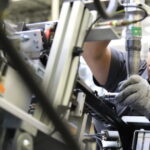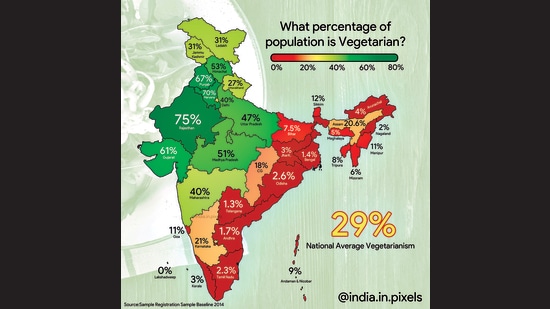(Originally posted on Oct 19, 2021 on the Drishti blog)
It’s not easy to be a lean leader.
To be a lean leader, companies can’t stop at lean; they have to traverse both the lean and the data journeys. Each one is hard enough in itself. Doing both simultaneously makes it truly harder to benefit from Industry 4.0 technology.
Moving from mass to lean is a many year, multistep process with no guarantee of success. Many would even say that the lean journey has no end — can the apex of a philosophy that is fundamentally about continuous improvement ever truly be reached? — but even if you do define an end state, getting from level 1 (some awareness of this practice; sporadic improvement activities) to level 5 (exceptional, well-defined, a deep understanding of scientific thinking embedded across the extended enterprise; recognized as best practice) is not for the faint of heart.
Similarly, the data journey is equally arduous. Most folks, from the CEO to the associates on the assembly line, haven’t learned or possibly internalized how to use statistics. Further, given that many real world distributions — including cycle times on manual assembly lines — are non-Gaussian, the challenges compound.
Finally, most engineers on the plant floor have traditionally dealt with small sample sizes, so while they were trained in statistics and data analysis back in college, they have likely forgotten the details. In the same way, the vast majority of people’s probability muscles have likely atrophied. And yet, decision making with data is all about statistics and probability.
So, we need to think of practical ways to teach these rather sophisticated subjects. And, to have a quicker impact, simplify them and teach them from a practitioner’s perspective.
Here are a few suggestions:
Focus on only the subset of ideas that will be used
Statistics is a broad area. What aspects of statistics are relevant to an industrial engineer? Given the dataset that he or she is working with might not be a typical bell curve or Gaussian distribution, it might be more important to learn to determine what distribution — including Poisson, long tail or power law — they are working with, then understand what descriptive statistic (for example, what variance metric) best characterizes the data.
Use real data to help internalize and solve the pedantic knowledge
It’s easier to learn something when it’s taught in the context of the problem with which you are already familiar. Scientific thinking is based on a sound understanding of mathematics and experimentation tools; in the context of lean, what mathematics are required to be a good scientific thinker? A good example is understanding design for experiments and the associated use of blocks of variables to reduce unexplained variability.
Use visualization and interpretation to extract key information
What manufacturing insights does the industrial engineer need to extract from the data, and how does he or she know what’s important or unimportant? It comes down to data interpretation. The IE may not need to know all the math or how the data was created to be effective, but he or she does need to know what the data means. As we have seen with Drishti’s video data, a good visualization is worth a thousand words because it hastens and improves the outcomes.
Many manufacturers are taking the lean journey, but without the data journey, they’ll never get to the top of the lean leaderboard. By taking both paths in parallel, manufacturers can get the most out of the technology available to them and advance their operations in a meaningful way. The trick is to be pragmatic about both journeys, and continuously improve the enterprise’s skills and processes.










